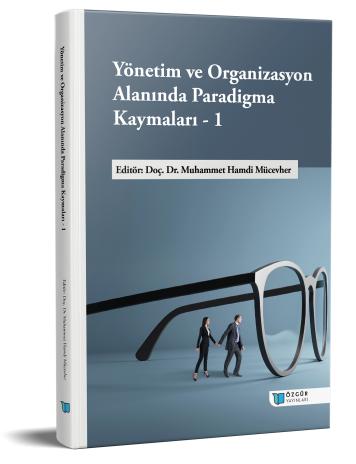
Form Organizational Rigor Mortis to Agility: Processes of Change, Transformation, and Adaptation
Chapter from the book:
Mücevher,
M.
H.
(ed.)
2025.
Paradigm Shifts in Management and Organization – 1.
Synopsis
This book chapter examines the causes of resistance to change and the ways that can be followed to overcome these resistances with a holistic approach by addressing the rigor mortis tendencies that occur in organizations over time. Rigidity occurs when ignoring environmental signals, being persistent in routine processes, and Deceleration of flexibility are lost. It is emphasized that this situation harms sustainability, undermines competitive advantage and leads organizations to environmental incompatibility. In the study, the differences between the concepts of change and transformation are explained by Dec; The role of factors such as strategic planning, leadership, organizational culture and learning capacity in the transition to agility has been discussed. Examples show how modern management tools such as environmental analysis, benchmarking, process renewal and change engineering can be used to restructure organizations. In particular, it was mentioned how important it is to switch to an agile organization model supported by leadership support, active participation of employees in the process and flexible organizational structures. In the last section, a roadmap that can be applied for organizations to transition from rigidity to agility has been presented and how the process can be managed better has been emphasized. In this respect, the department is an important guide for practitioners as well as being an academic resource.

